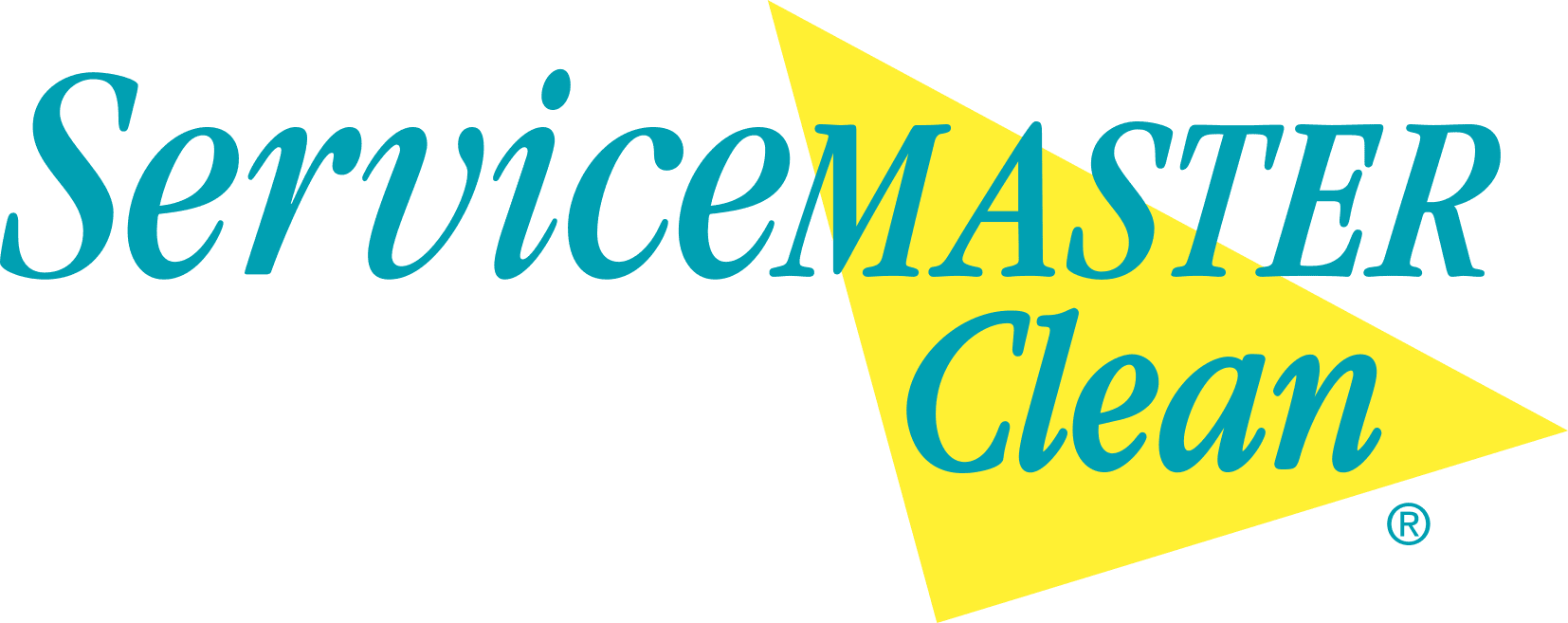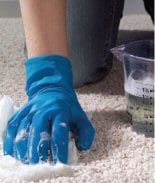Carpet Maintenance Programs – We Didn’t Design Them, The Manufacturers Did
 Whenever someone is held liable for the condition of their product, they are going to give the purchaser the specs on maintaining it in order to keep it in optimium condition. That way, if the product is not used properly and the purchasers comes back for a refund, the arguement can be made: why didn’t you take care of it properly? After all, someone who manufactures a product and sells it doesn’t want to go around giving money back to purchasers for something that was misused, not maintained appropriately, and therefore broke down due to neglect. After all, if I had my way I’d only change the oil in my car every 200,000 kms, but that would have consequences.
Whenever someone is held liable for the condition of their product, they are going to give the purchaser the specs on maintaining it in order to keep it in optimium condition. That way, if the product is not used properly and the purchasers comes back for a refund, the arguement can be made: why didn’t you take care of it properly? After all, someone who manufactures a product and sells it doesn’t want to go around giving money back to purchasers for something that was misused, not maintained appropriately, and therefore broke down due to neglect. After all, if I had my way I’d only change the oil in my car every 200,000 kms, but that would have consequences.
Our carpet cleaning programs are designed based on manufacturers’ warranty requirements. These steps are necessary to protect and maintain your carpet so that it is kept in optimal condition. This is based on fact, not any one person’s personal opinion or experience, but on the research, testing and results of numerous companies over decades of this product being created and sold.
WHAT DO THE MANUFACTURERS SAY?
There are key elements to carpet cleaning wherever there is HIGH TRAFFIC. This is key – we’re not talking about the carpet on the bottom of your living room closet, or the spare room where Auntie Frieda and Uncle George go once per year but is otherwise unused, we’re talking about HIGH TRAFFIC AREAS: carpet that gets walked on every day by multiple pairs of dirty feet. This is the lobby areas of buildings, the stairwells, the hallways. They take a beating, and need to be cared for in order to ensure the best lifespan of the product.
The warranty requirements have 5 mandatory elements:
1) Entrance Mats : reduce the amount of dirt tracked in. Use them. It’s in the warranty requirements because they work and make a significant difference.
2) Vacuuming: get that abrasive soil out before it cuts and scrapes the carpet fibers under the grinding action of footsteps. Everyone knows to vaccum but are you doing it properly? Are you doing it enough?
3) Spot Cleaning: get that stuff out of there before it sets permanently! And not any 1 spot cleaner is good for every type of spot. Use the right product, don’t bleach the carpet fibers, and don’t set the stain permenantly by using the wrong thing.
4) Interim Maintenance : this can take several forms, but is a required step for high traffic areas in carpet – lighter than a hot water extraction clean, but heavier than vacuuming.
5) Hot Water Extraction: this is the most recognized form of carpet cleaning, also known as steam cleaning or restorative cleaning. It is a necessary step, but not the only step – look at all the other steps that come before it.
Keep your warranty valid. Maintain your investment. Keep your strata clean. That’s the goal and we’re on your side to achieve that result. Don’t let the situation get extremely bad, then try to tidy it up a year later with a hot water extraction clean, expecting that it can and will every time be able to correct a cumulative year’s worth of neglect. That approach doesn’t work. It’s proven not to work. If it did, that’s what would be outlined in your warranty. But it’s not.





